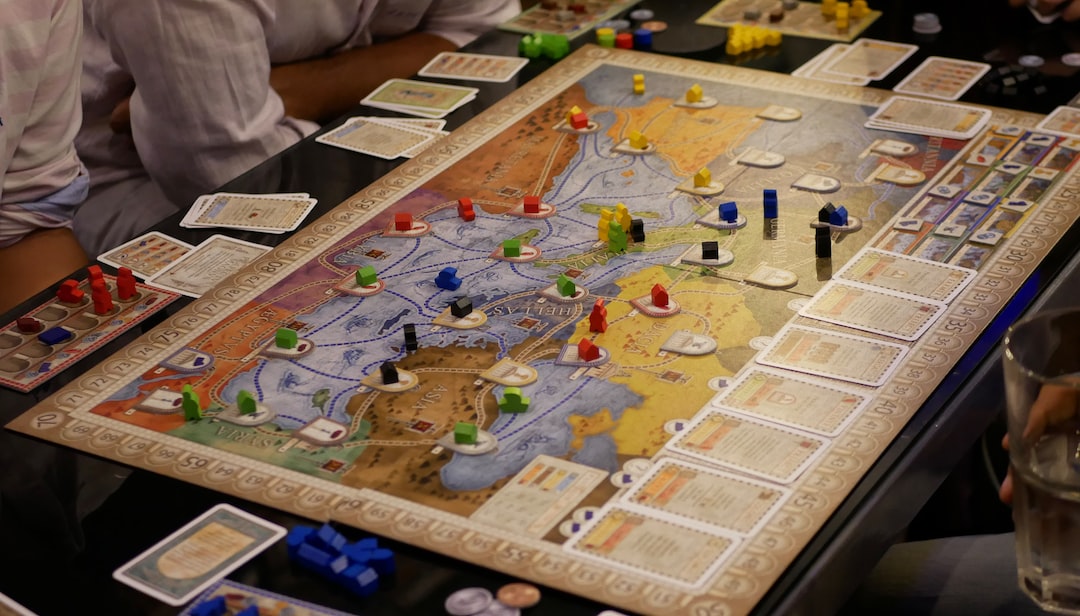The Evolution of Character Customization in Role-Playing Games
Role-playing games (RPGs) have come a long way since their inception, and one aspect that has significantly evolved is character customization. In the early days, players would select pre-set character classes, such as warrior, mage, or thief, and have limited control over their appearance or abilities. However, as technology advanced and developers refined their game design, character customization became a central element in the RPG genre.
One of the earliest RPGs to introduce character customization was the legendary Dungeons & Dragons (D&D), which started as a tabletop game in the mid-1970s. Players could create their characters from scratch, determining their race, class, and attributes. This allowed for a personalized gameplay experience and laid the groundwork for the future of character customization in video games.
As computers became more powerful, RPGs started moving from the tabletop to the digital realm. In the 1990s, games like Baldur’s Gate and The Elder Scrolls series gave players more control over their characters’ appearance through customizable features like facial features, hairstyles, and clothing options. These games also offered players the ability to select their characters’ skills and abilities, further expanding the customization possibilities.
The 2000s brought significant advancements in graphics and processing power, enabling game developers to create even more intricate character customization systems. Games like World of Warcraft and The Witcher series took character customization to a whole new level, allowing players to fine-tune even the smallest details, such as eye color, facial tattoos, and scars. Additionally, the introduction of slider tools allowed players to easily manipulate their characters’ physical features, resulting in highly personalized avatars.
The modern era of RPGs has seen a shift towards more diverse and inclusive character customization options. Games like Mass Effect and Dragon Age have embraced the concept of player choice, allowing players to decide not only their characters’ appearance but also their backgrounds, sexual orientations, and even relationships with other characters. This level of customization promotes player immersion and enables individuals to create characters that truly represent them in the game world.
Furthermore, the rise of online multiplayer RPGs has introduced another aspect to character customization – customization through gear and equipment. In games like Destiny and Path of Exile, players can customize their characters’ appearance through a vast array of armor and weapons. This not only provides a visual component but also allows players to tailor their characters’ abilities and playstyle to better suit their preferences.
In conclusion, the evolution of character customization in RPGs has been a remarkable journey. From selecting preset classes to having complete control over our characters’ appearance, skills, and even personal narratives, players can now truly immerse themselves in these virtual worlds. As technology continues to advance, we can only expect character customization in RPGs to become even more intricate and immersive, ensuring that every player’s journey is a unique and personal experience.
